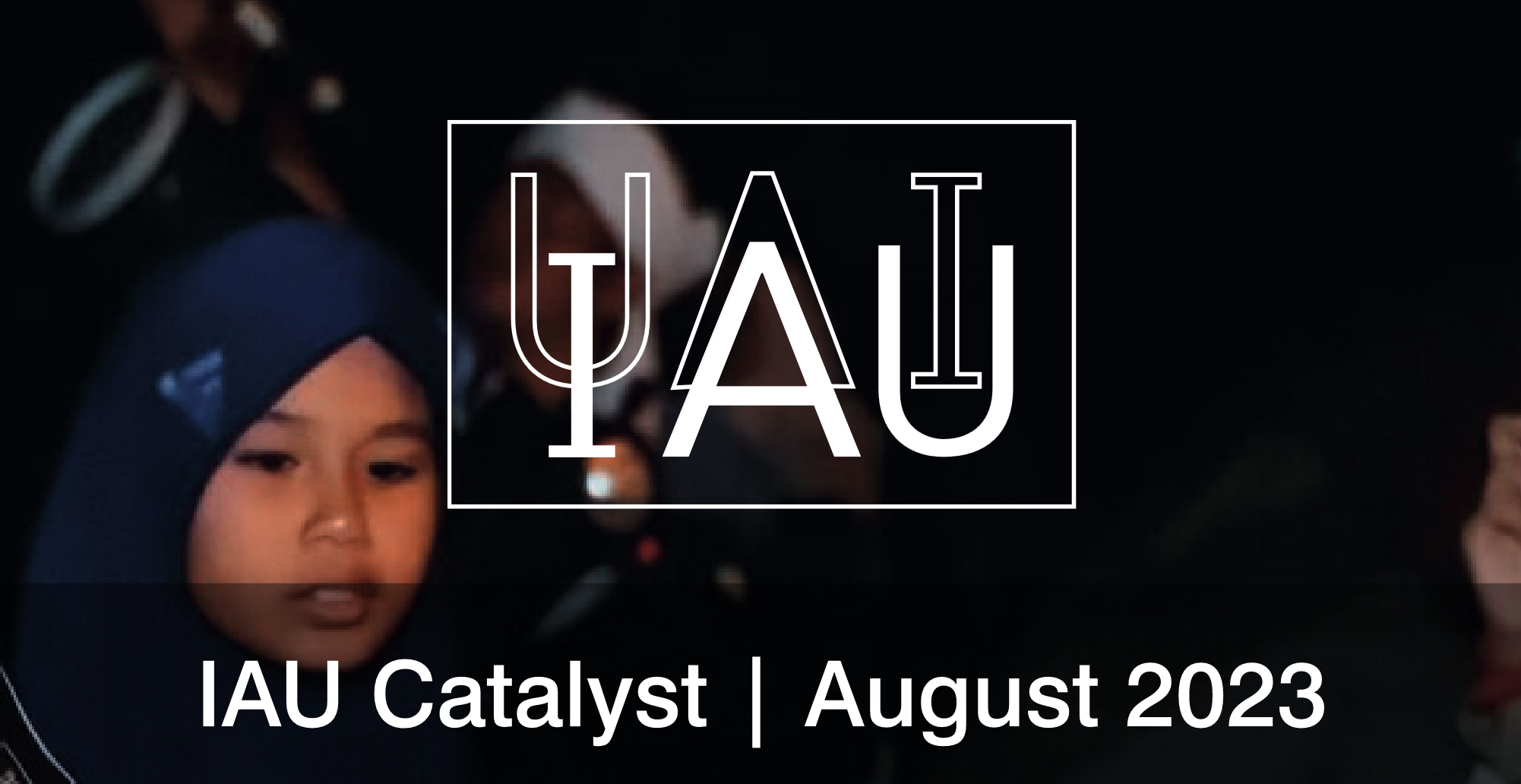- News
- Science
- Scientific Bodies
- Divisions
- Commissions
- Commission A1 Structure
- Commission A2 Structure
- Commission A3 Structure
- Commission A4 Structure
- Commission B1 Structure
- Commission B2 Structure
- Commission B3 Structure
- Commission B4 Structure
- Commission B5 Structure
- Commission B6 Structure
- Commission B7 Structure
- Commission C1 Structure
- Commission C2 Structure
- Commission C3 Structure
- Commission C4 Structure
- Commission D1 Structure
- Commission E1 Structure
- Commission E2 Structure
- Commission E3 Structure
- Commission E4 Structure
- Commission F1 Structure
- Commission F2 Structure
- Commission F3 Structure
- Commission F4 Structure
- Commission G1 Structure
- Commission G2 Structure
- Commission G3 Structure
- Commission G4 Structure
- Commission G5 Structure
- Commission H1 Structure
- Commission H2 Structure
- Commission H3 Structure
- Commission H4 Structure
- Commission J1 Structure
- Commission J2 Structure
- Commission J3 Structure
- Commission X1 Structure
- Commission X2 Structure
- Past Commission Organising Committees
- Working Groups
- Centres
- Scientific Meetings
- Rules & Guidelines
- General Assemblies
- Meeting Proposals
- Future IAU Meetings
- General Assemblies
- EC Meetings
- Officers' Meetings
- Regional Meetings
- Symposia
- Focus Meetings
- Institutional Meetings
- IAU Offices Meetings
- IAU-Sponsored Meetings
- Letters of Intent submitted for 2024
- Letters of Intent submitted for 2023
- Letters of Intent submitted for 2022
- Letters of Intent submitted for 2021
- Letters of Intent submitted for 2020
- Past IAU Meetings
- Templates
- Other Meetings
- Grants & Prizes
- Scientific Bodies
- Publications
- IAU Publications
- IAU Strategic Plan
- Symposia
- WGSBN Bulletins
- Regional Meetings
- Information Bulletins/Catalyst
- E-Newsletters
- Focus Meetings
- Transactions A
- Transactions B
- Related Publications
- GA Newspapers
- CAPjournal
- IAU Books
- Brochures
- IAU Offices
- WG Reports
- Commission Reports
- Division Reports
- Past IAU Publications
- Rules, Guidelines and Instructions for Proceedings
- Publishers
- IAU Publications
- Administration
- About the IAU
- Statutes & Rules
- IAU Policies
- IAU Executive Bodies
- IAU Secretariat
- Resolutions
- Members Administration
- Administrative Dates & Deadlines
- International Organisations Relations
- Donate to the IAU
- Training in Astronomy
- Astronomy for Education
- Astronomy for Development
- Astronomy for the Public
- Office for Astronomy Outreach
- FAQ
- Themes
- Satellite Constellations
- Astronomy in Everyday Life
- How to Report a Discovery
- Careers in Astronomy
- Defining our Place in the Cosmos
- The Constellations
- Light Pollution
- Measuring the Universe
- Near Earth Objects
- How to Participate in Astronomy Research
- Naming of Astronomical Objects
- Naming of Exoplanets
- Buying Star Names
- Naming Stars
- Pluto and the Solar System
- IAU Member Statistics
- Our Moon: the Moon
- Meteors & Meteorites: The IAU Definitions of Meteor Terms
- UNESCO-IAU Portal to the Heritage of Astronomy
- Social Media
- Past Events
- Call for Online Resources
- Astronomy@Home Awards
- Contact

Alejandro Cristian Raga
Mexico
1959-2023
Obituary:
We regretfully mourn the early passing of our friend and colleague Alejandro ("Alex") Cristian Raga on July 20th, 2023. He was born in Buenos Aires (Argentina) on January 15th, 1959.
He obtained his bachelor's degree in physics from the University of Buenos Aires (Argentina, 1982). His postgraduate studies were carried out at the University of Washington (USA), obtaining his master's degree in 1984 and his PhD in 1985. He spent long periods as an academic visitor in the USA (1986-1988), Canada (1988-1991) and the United Kingdom (1991-1992) before taking on a position as a lecturer in Manchester (United Kingdom, 1993-1995). In 1995, he relocated to Mexico, becoming a member of the Institute of Astronomy (IA) of the National Autonomous University of Mexico (UNAM). Later, he joined the Institute of Nuclear Sciences (ICN) at UNAM (2001).
Alex was a restless and brilliant scientist. His main line of work was studying regions of star formation and developing computational tools to solve problems in gas dynamics, radiative transport, and chemical evolution, which were not only applied to astrophysics but were also valuable in geophysics and laboratory plasmas generated by lasers. Among his numerous achievements, Alex's most notable contribution was the development of the theory of variable jets ejected from newborn stars (Herbig-Haro or HH objects), which has become a fundamental framework for understanding these objects. Colleagues worldwide have recognized and utilized his work, publishing hundreds of articles that build upon his ideas and findings. He also actively used observational data from space telescopes (such as Hubble and Spitzer) to study star-forming regions. He was part of an international group to obtain and analyze some of the first observations from the new James Webb Space Telescope.
He took on an impactful and devoted role as a teacher at both the undergraduate and graduate levels at UNAM and other academic institutions. He taught courses on topics such as the Physics of the Interstellar Medium, Numerical Hydrodynamics, Radiative Processes, Stellar Atmospheres, and numerous Research Seminars. His many students throughout the years (including some of us) will never forget the joy and kindness he shared the vast expanse of his knowledge.
On the other hand, Alex has formed a dynamic research group dedicated to numerical astrophysics within the Department of Plasma Physics and Matter-Radiation Interaction at ICN, with strong bonds with many scientists overseas. Alex's unexpected departure leaves behind five researchers and tens of students who will keep this group going.
The outstanding quality and abundance of his research work earned him multiple awards over the years, including the Mexican Academy of Sciences Award (1998), the John Simon Guggenheim Memorial Foundation Scholarship (2000), the National University Award (2010, UNAM) and the TWAS award (World Academy of Sciences, 2018).
In addition to being an excellent scientist, we celebrate his joyful personality, sharp wit and playful humour, and kindness towards students and young researchers, to whom he always offered unwavering support. His friendship has marked us all.
We will miss your laughter, hugs, and advice. Rest in peace, dear Alex.
(Written by Fabio De Colle, Alejandro Esquivel, Ary Rodríguez, Juan Claudio Toledo-Roy, and Pablo Fabián Velázquez)
Past affiliation(s) within the IAU
- Past Member of Division B Facilities, Technologies and Data Science (2015-2023)
- Past Member of Division G Stars and Stellar Physics (until 2023)
- Past Member of Division H Interstellar Matter and Local Universe (2015-2023)
- Past Member of Commission B1 Computational Astrophysics (2015-2023)
- Past Member of Commission H1 The Local Universe (2015-2023)
- Past Member of Inter-Division G-H Commission Planetary Nebulae (2015-2023)
Search individual members

















